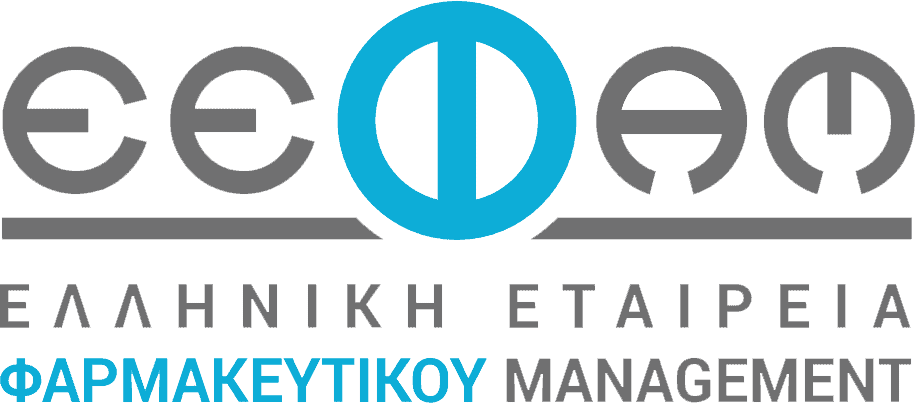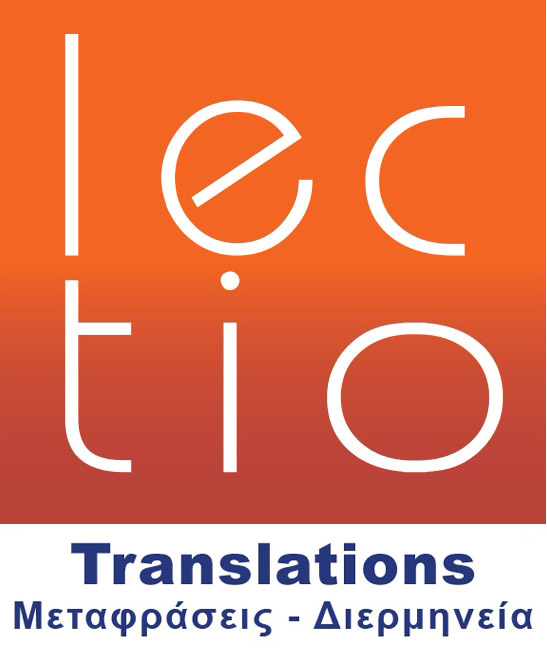Blog
Blog
UPDATED: As Stelara cliff looms, J&J expects 25 blockbuster drugs to drive future sales growth

As Johnson & Johnson places a magnifying glass on its pharmaceutical business, the focus for the remainder of the decade rests on the shoulders of some 25 new and upcoming drugs.
Together, those meds will help the company deliver pharmaceutical sales growth of 5% to 7% between 2025 and 2030, the company said Tuesday.
That phalanx of novel products will be essential as J&J’s longstanding immunology star, Stelara, nears its tumble over the patent cliff. Last year, the drug generated $9.7 billion and was J&J’s top product by sales.
During an enterprise business review Tuesday, J&J laid out its expectations across the 2025 to 2030 timeframe. Chief among those, J&J says it will boast 10 or more drugs with peak sales potential of at least $5 billion, including cancer launches Talvey and Tecvayli, plus another 15-plus products with sales potential of at least $1 billion. The latter group of therapeutics includes treatments such as the depression nasal spray Spravato.
By 2030, J&J aims to be on top of the industry in several areas. The company believes it’s on track to be the number one player in oncology, neuroscience and immunology by the end of the decade.
Oncology specifically will serve as J&J’s top therapeutic area by the end of the decade, executive vice president of J&J pharmaceuticals Jennifer Taubert said during the business review.
The company touts the game-changing potential of its multiple myeloma portfolio in particular, which includes meds such as Talvey and CAR-T Carvykti. On their own, each of J&J’s multiple myeloma meds has strong potential, J&J executives explained. But to take it a step further, the company is building out regimens and combinations to “redefine the future of how we treat this disease,” global therapeutic oncology head Peter Lebowitz said.
In the broader oncology field, the next few years should be filled with about two novel therapy launches per year, Lebowitz said.
Over in immunology, meanwhile, “no one is in our review mirror,” global immunology therapeutic head David Lee said. The company’s pipeline spans multiple areas from ulcerative colitis to Crohn’s disease, Lee added.
As for neuroscience, J&J will keep up with the growing market, which is anticipated to swell significantly in the coming years, according to the company. To do this, the drugmaker plans to identify disease subtypes and predict which patients would respond best to a particular medication. Already, six submissions are planned for 2030, five of which are first in class, according to J&J.
Stateside, J&J has delayed the entry of Stelara biosimilars until 2025 through a bevy of patent settlements with companies like Amgen, Alvotech and Teva.
Johnson & Johnson laid out its expectations after the spin-off of its consumer healthcare business, which the healthcare giant followed in September by unveiling plans to merge its medtech and pharmaceutical arms under a more common brand.
The Kenvue separation has been pegged as a means to “further sharpen” J&J’s focus on “transformational innovation” in its bread-and-butter pharma and medtech businesses, CEO Joaquin Duato has previously said.
The push into a “new era” will also result in stronger margin growth for the company, Duato said in his enterprise overview Tuesday.
Πηγή: fiercepharma.com





